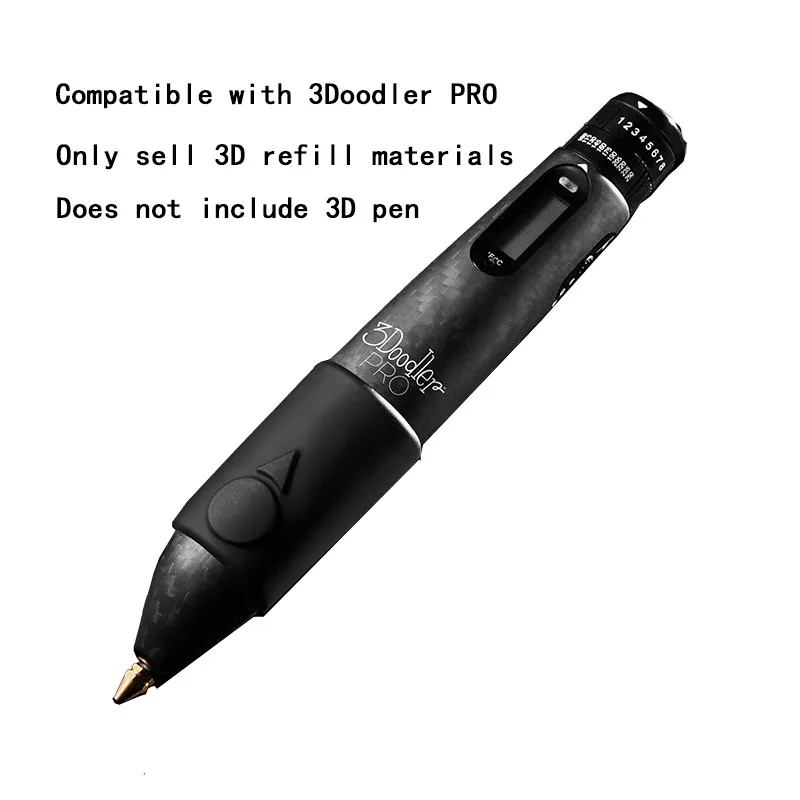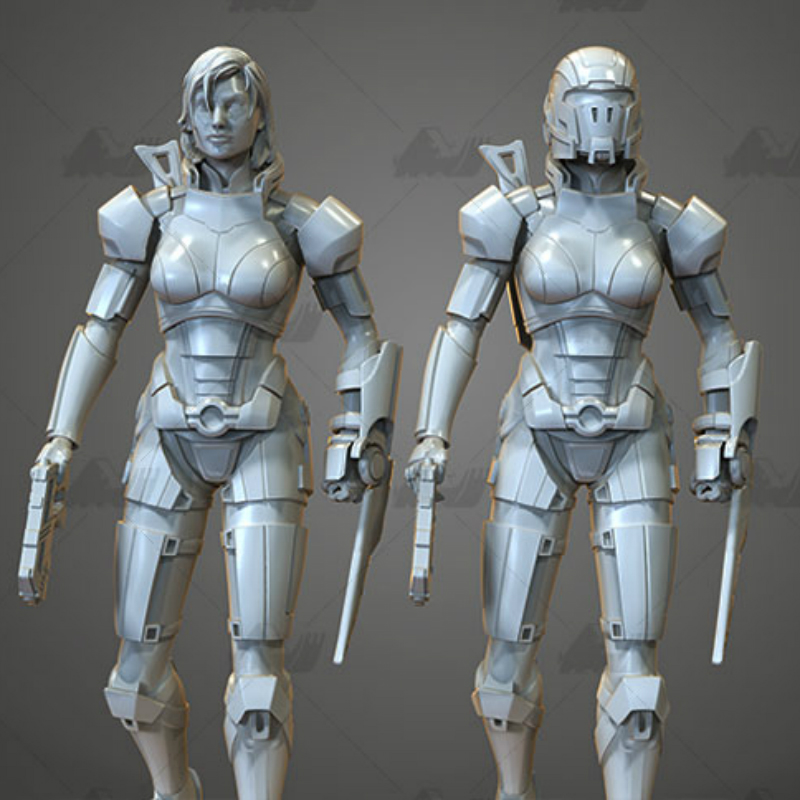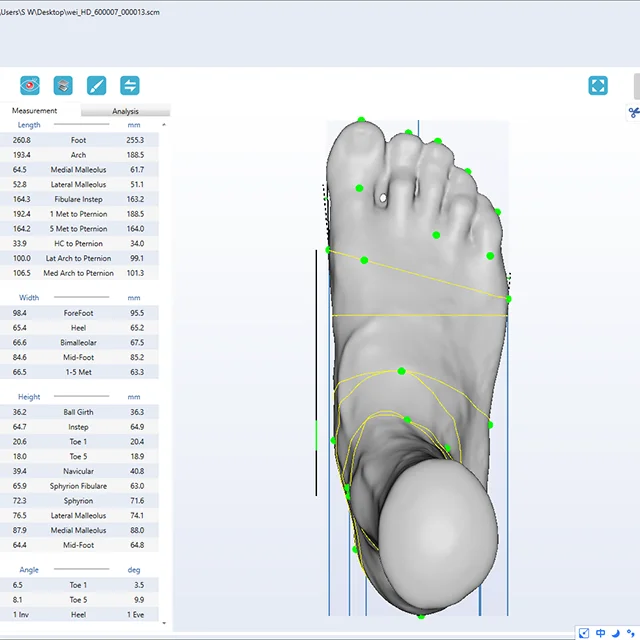3Doodler the 3d printing pen
3Doodler Create+ | The World's First 3D Printing Pen
Start Shopping
Shop Pens Shop Plastics Shop Accessories Shop EducationPens
Plastics
Accessories
3Doodler Create+ Essentials 3D Printing Pen Set
$79.99
3Doodler Create+ "Learn From Home" Set
$99.99
3Doodler EDU Create+ Learning Pack (6 Pens)
$699.00
3Doodler EDU Create+ Learning Pack (12 Pens)
$1,199.00
3Doodler Create DoodlePad®
$9.99
3Doodler Create+ Challenge Cards
$9.99
3Doodler Maker Challenge Cards
$9. 99
Sold Out
Available only at the3doodler.com
More Info
3Doodler EDU STEM Accessory Kit
$12.99
3Doodler Create+ Nozzle Set
$19.99
New for 2022!
3Doodler "What Will You Create?®" Project Book
$24.99
Sold Out
More Info
PLA Plastic - Night Sky Regular price
$12.99 1299
Select Your Color:
75 Strands 75
PLA Plastic - Citrus Glow Regular price
$12.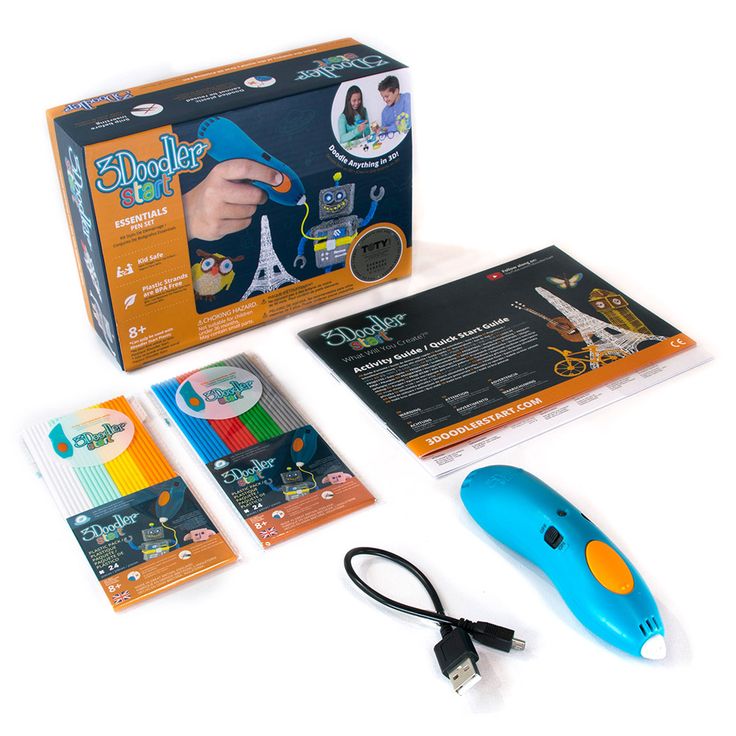 99 1299
99 1299
Select Your Color:
75 Strands 75
PLA Plastic - RGB Regular price
$12.99 1299
Select Your Color:
75 Strands 75
PLA Plastic - Tie Dye Regular price
$12.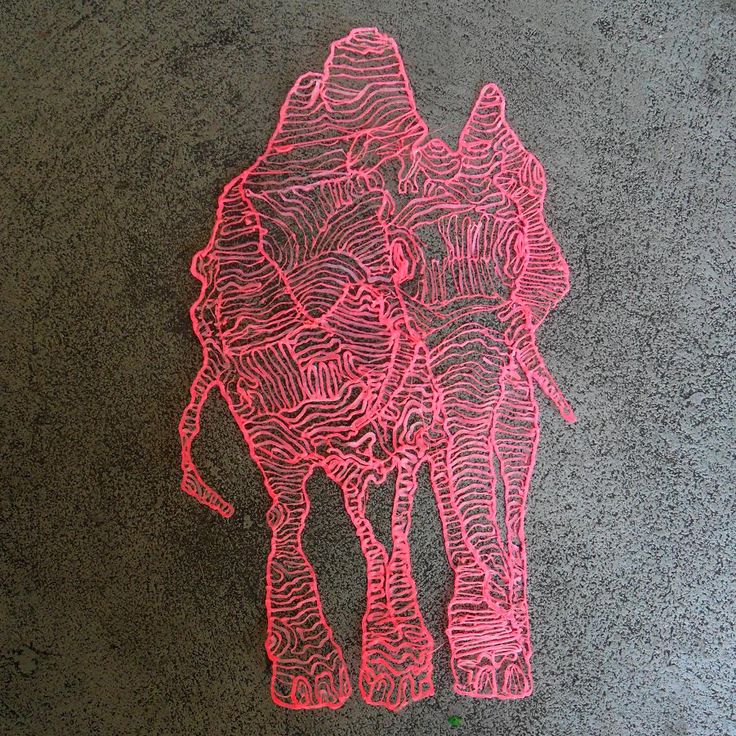 99 1299
99 1299
Select Your Color:
75 Strands 75
PLA Plastic - Polar Ice Regular price
$12.99 1299
Select Your Color:
75 Strands 75
ABS Plastic - Greyscale Regular price
$12. 99 1299
99 1299
Select Your Color:
75 Strands 75
3Doodler EDU Create+ Learning Pack Plastic Kit, 1200 Strands
$249.00
3Doodler Start+ | Our Award-Winning 3D Pen for Kids
Start Shopping
Shop Pens Shop Plastics Shop Accessories Shop EducationPens
Plastics
Accessories
3Doodler Start+ Essentials 3D Printing Pen Set
$49. 99
99
3Doodler Start+ Maker Bundle
$59.99
3Doodler EDU Start Learning Pack (6 Pens)
$349.00
3Doodler EDU Start Learning Pack (12 Pens)
$599.00
3Doodler Start DoodlePad
$4.99
3Doodler Start Challenge Cards
$9.99
3Doodler Maker Challenge Cards
$9.99
Sold Out
Available only at the3doodler.com
More Info
3Doodler EDU STEM Accessory Kit
$12.99
3Doodler "What Will You Create?®" Project Book
$24.99
Sold Out
More Info
Eco Plastic - Stars & Stripes Regular price
$11. 99 1199
99 1199
Select Your Color:
75 Strands 75
Eco Plastic - Color Pop Regular price
$11.99 1199
Select Your Color:
75 Strands 75
Eco Plastic - Garden Blend Regular price
$11.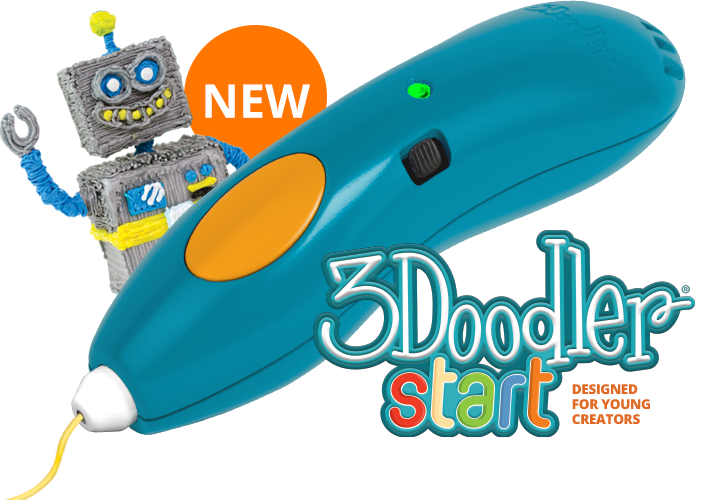 99 1199
99 1199
Select Your Color:
75 Strands 75
Eco Plastic - Green Regular price
$11.99 1199
Select Your Color:
75 Strands 75
250 Strands 250
Eco Plastic - Yellow Regular price
$11.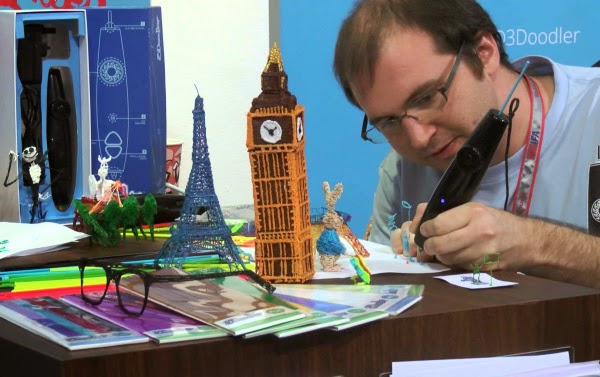 99 1199
99 1199
Select Your Color:
75 Strands 75
250 Strands 250
Eco Plastic - Black Regular price
$11. 99 1199
99 1199
Select Your Color:
75 Strands 75
250 Strands 250
3Doodler EDU Start Learning Pack Plastic Kit, 1200 Strands
$199. 00
00
3D Pen
- 1 Description
- 2 History
- 3 Design
- 4 Materials
- 5 Application
- 6 Development
- 7 Interesting 3Dtoday blog posts about using 3D pens:
Description
FDM printing is the logical evolution of CNC machines. The only fundamental difference was the use of a specialized nozzle (extruder) for melting and feeding plastic. By the same logic, hot glue guns, which are widespread in everyday life, have also been developed. The use of thermoplastics instead of thermoplastic adhesives allows devices like these, dubbed 3D pens, to be used as hand-held additive manufacturing devices. nine0022
Parts of the future model can be drawn on paper using templates and glued together
History
One of the latest developments is the Dim3W 3D pen
The pioneer of a new direction in the development of 3D printing was the pen from Wooodleworksr.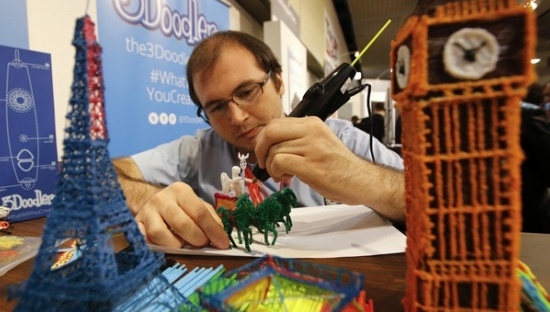
The team turned to Kickstarter to raise the funds needed to bring the project to life.
With a goal of raising $30,000, Wobbleworks had raised over $2 million by the end of the campaign, indicating high public interest. nine0022
Amid the success of 3Doodler, a competitive wave swept through. At the moment, the range of 3D pens includes actual 3Doodler clones like 3DYAYA or SwissPen, as well as more original designs including Dim3W and LIX.
The basic principle of operation of all these devices is the same, but there are some design features aimed at improving a fairly young concept.
Construction
In essence, a 3D pen is nothing more than a manual extruder. The user himself acts as the CNC of the machine. nine0022
3Doodler disassembly. The nozzle at the bottom and the pull mechanism in the middle of the handle are clearly visible. and heating element.
Since almost all software functions of 3D printers are performed by the user, 3D pens do not require a connection to a computer or the creation of digital models.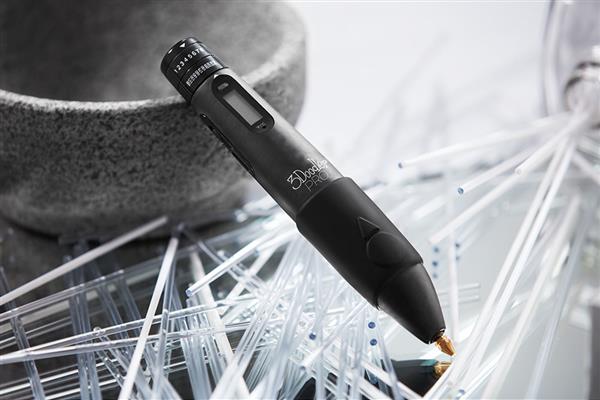 Only a power supply is required - as a rule, conventional power supplies with a 12V voltage converter are used. nine0022
Only a power supply is required - as a rule, conventional power supplies with a 12V voltage converter are used. nine0022
As with FDM printers, it takes a few minutes for the nozzle to heat up, after which the pen is ready to print. The supply of material is carried out by pressing the corresponding button. Some models, such as the Dim3W, are equipped with a print speed control.
Also available with reversible pull mechanism. This feature allows you to quickly remove the plastic filament from the pen and replace it with a different color material.
Materials
3Doodler complete with colorful ABS plastic packs
Two of the most popular plastics in FDM 3D printing are currently used as materials for 3D pens - ABS plastic and organic, biodegradable polylactide (PLA plastic). Theoretically, it is possible to use other materials - polycarbonate, nylon, etc. At the same time, existing models do not provide the ability to accurately adjust the nozzle temperature, which is important when switching to other materials. Temperature characteristics are embedded in the firmware. In the future, we can expect more variety in the range of materials and the ability to fine-tune the temperature if there is a corresponding demand. nine0022
Temperature characteristics are embedded in the firmware. In the future, we can expect more variety in the range of materials and the ability to fine-tune the temperature if there is a corresponding demand. nine0022
Like full-fledged FDM printers, 3D pens use thermoplastic filaments with a diameter of 1.75 or 3mm. For ease of use with the pen, the threads are usually supplied as scraps rather than spools, but it is ultimately up to the user to choose.
Applications
Similar voids formed during plastic delamination due to uneven cooling can be filled with a 3D pen
3D pens are positioned as a means for creative work, three-dimensional drawing. Although devices can indeed fulfill such a role, creating more or less decent-looking models requires serious skill. nine0022
However, initially 3D pens were conceived for a completely different purpose, similar to the purpose of their ancestors - hot glue guns. It's about repairs. The fact is that some types of plastics used in FDM 3D printing (for example, the very popular ABS plastic) have a high degree of shrinkage and a tendency to deform during uneven cooling. All this often leads to cracking of the manufactured models. 3D pens were supposed to be a tool for manually repairing printed models. These devices allow you to fill in missing layers or faults. nine0022
It's about repairs. The fact is that some types of plastics used in FDM 3D printing (for example, the very popular ABS plastic) have a high degree of shrinkage and a tendency to deform during uneven cooling. All this often leads to cracking of the manufactured models. 3D pens were supposed to be a tool for manually repairing printed models. These devices allow you to fill in missing layers or faults. nine0022
Particularly good results can be achieved with careful treatment of cracks with acetone, which dissolves ABS plastic. The surface softened in this way will adhere well to freshly applied plastic with a 3D pen.
3D pens allow you to draw in the air instead of paper
The surface of the repaired area can be leveled by sanding and gently working with the same acetone. Similarly, household products can be repaired - many of them are made from the same ABS plastic that has become widespread in the industry. nine0022
As for artistic applications, 3D pens will appeal to those who love to draw and want to move from 2D sketches to 3D physical models.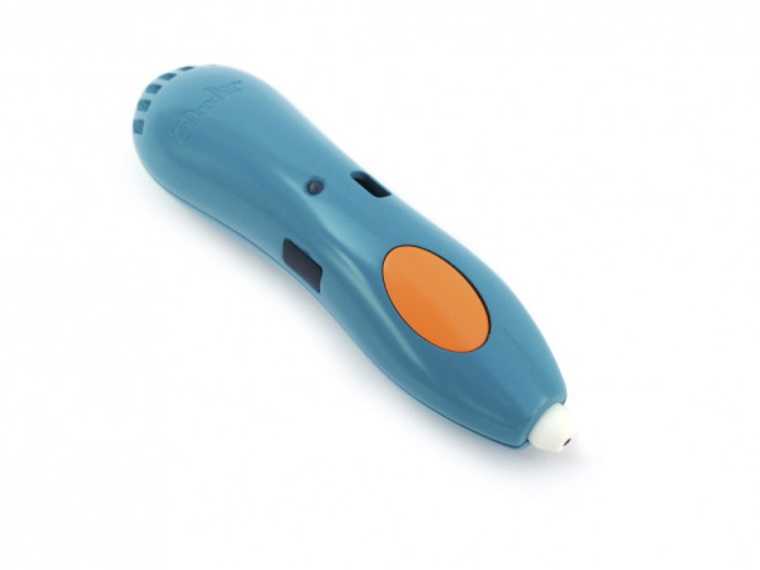
The main difficulty lies in purely human limitations - any unwanted hand movement will affect the quality of the model, especially when drawing the model "in the air".
One interesting way to improve the quality was to divide the models into component parts, using sketches on paper as templates. Finished parts are simply glued together. nine0022
BioPen allows surgeons to "paint over" damaged areas of bone or cartilage tissue, contributing to its restoration
This method is quite possible to make a good reproduction of the Eiffel Tower.
Of course, the method is applicable only when creating parts of models with relatively flat surfaces.
The possibility of using a variety of 3D pens in medicine is very promising.
Devices called "bio-pens" (BioPen) are being tested as tools for applying live cell layers mixed with biopolymers that act as support matrices and contain essential nutrients. nine0022
The original 3D BioPen was developed by Australian scientists at ASEC and is designed to repair cartilage and bone tissue.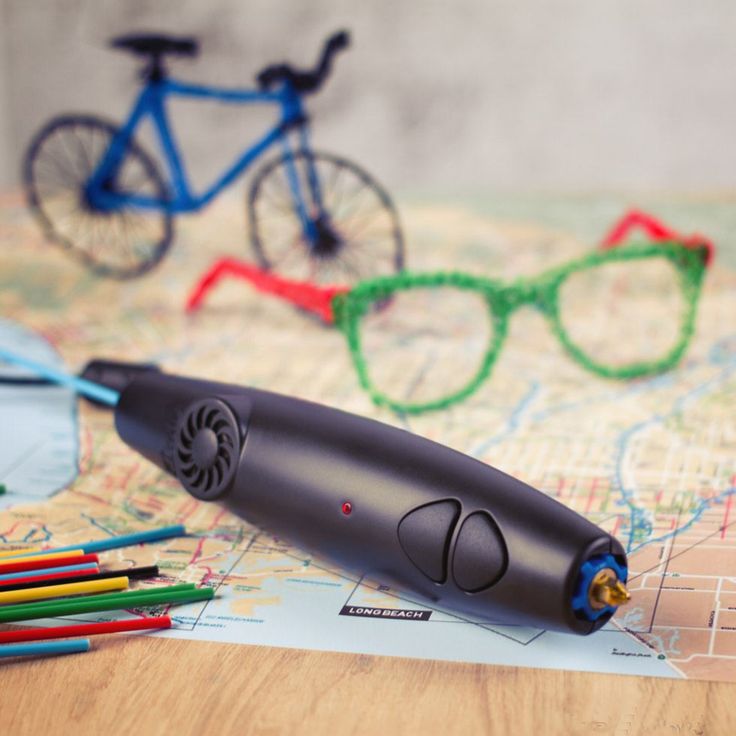
During surgery, PioPen allows clinicians to “paint over” damaged areas of bone or cartilage, stimulating the recovery process.
Development
CreoPop - the next step in the development of 3D pens
Following the FDM technology, photopolymer 3D printing has also undergone adaptation for "manual" use. The CreoPop project proposes an innovative 3D pen design based on the extrusion of a liquid photopolymer resin that cures when exposed to a UV light. Unlike FDM handles, such a device does not pose a risk of burns - there are no hot elements in the design. In addition, photopolymer resins are known for a wide range of physical properties, ranging from solid materials to rubbery and even magnetic ones. The cost of such devices will be quite low, at the level of FDM 3D pens, but the cost of consumables will make this 3D drawing method somewhat more expensive. nine0022
Interesting 3Dtoday blog posts about using 3D pens:
- New Year symbol of the year with a 3d pen
- 3Doodler for small and big creative "Ninjas"
Go to the main page of the Encyclopedia of 3D printing
3D Pen 3Doodler Start great gift for kids
3D Pen
There is no doubt that desktop 3D printers have successfully ushered in a new era of digital creativity.
The ability of 3D printers to print entire objects from digital sketches within hours provides virtually limitless creative possibilities for those who can afford a 3D printer. But many people think that a 3D printer is very expensive for personal use. nine0022
3D pen-3Doodler
Therefore, as a result, a new idea arose - a 3D printer in the form of a pen that can create three-dimensional drawings - shapes. 3D pens are a cheap and easy alternative to the complex software and hardware involved in the traditional 3D printing process. The first 3D pen 3Doodler immediately became very popular. 3D pens are especially popular among children. Although drawing "in the air" seems counterintuitive at first glance, the owners of 3Doodler and other similar tools were able to make sure that the 3D pen allows both children and adults to have fun and useful time. nine0022
3Doodler 3D pen
WobbleWorks, Inc., creator of the 3Doodler 3D pen, has introduced a children's version.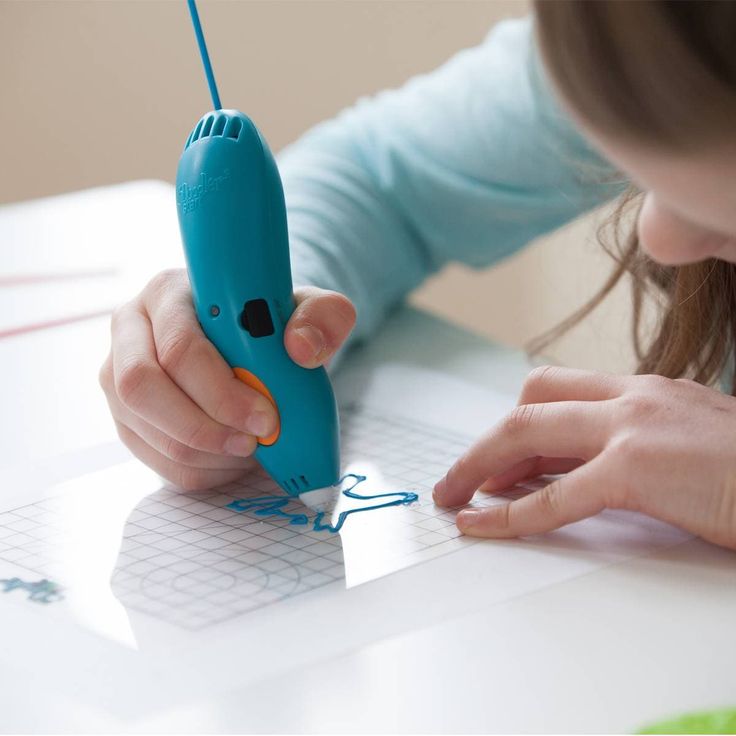 3Doodler Start is aimed at kids aged 8-13 and is predicted to cost $49.99.
3Doodler Start is aimed at kids aged 8-13 and is predicted to cost $49.99.
3Doodler 3D Pen
3Doodler Start is a new 3D pen for kids that puts comfort and safety first.
3Doodler 3D Pen
3Doodler 3D Pen
With 3Doodler Start, WobbleWorks is committed to bringing creativity to a new, younger audience. The first version of the 3Doodler fits comfortably in large rather than childish hands and requires extra care to avoid hot plastic to avoid small burns. 3Doodler Start does without the traditional nib shape, it is shorter, thicker, sausage-shaped, which is more suitable for small hands. Weighing only ~91g and measuring 138mm (length) x 35mm (high) x 41mm (width), the "draw" pen can last 45 minutes on a single charge or run through a standard microUSB charging port.
3Doodler 3D Pen
WobbleWorks also developed a non-toxic, biodegradable 3Doodler Start filament that melts at lower temperatures.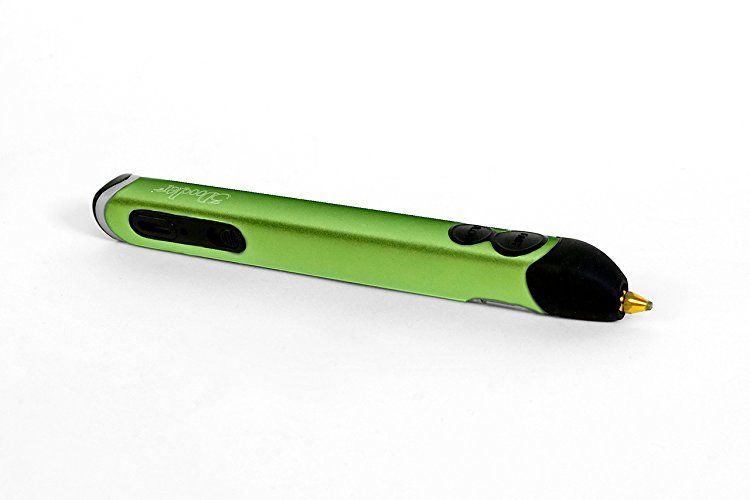 The plastic is entirely made from food-safe materials, the company said. Eco-Plastic for 3Doodler Start decomposes in about 45 days when it enters the soil, therefore, the only thing that the manufacturing company does not recommend is not to "paint" flower pots. nine0022
The plastic is entirely made from food-safe materials, the company said. Eco-Plastic for 3Doodler Start decomposes in about 45 days when it enters the soil, therefore, the only thing that the manufacturing company does not recommend is not to "paint" flower pots. nine0022
Daniel Cowen, co-founder of the company, said: “3Doodler Start inspires a whole new generation of creativity, design, construction and spatial thinking. This is not a toy, we believe that, like LEGO and Minecraft, 3Doodler Start will be part of every child's education."
3Doodler's core values are creative freedom and unlimited imagination. 3Doodler Start provides an excellent educational platform for kids around the world. nine0022
Offering these pens to kids is a great way to provide an even more comprehensive education about 3D printing tools.
Parents and teachers can be calm about their children when they work with a pen. Since the pen has one temperature, one speed and one power button, it is extremely comfortable and, most importantly, very safe.